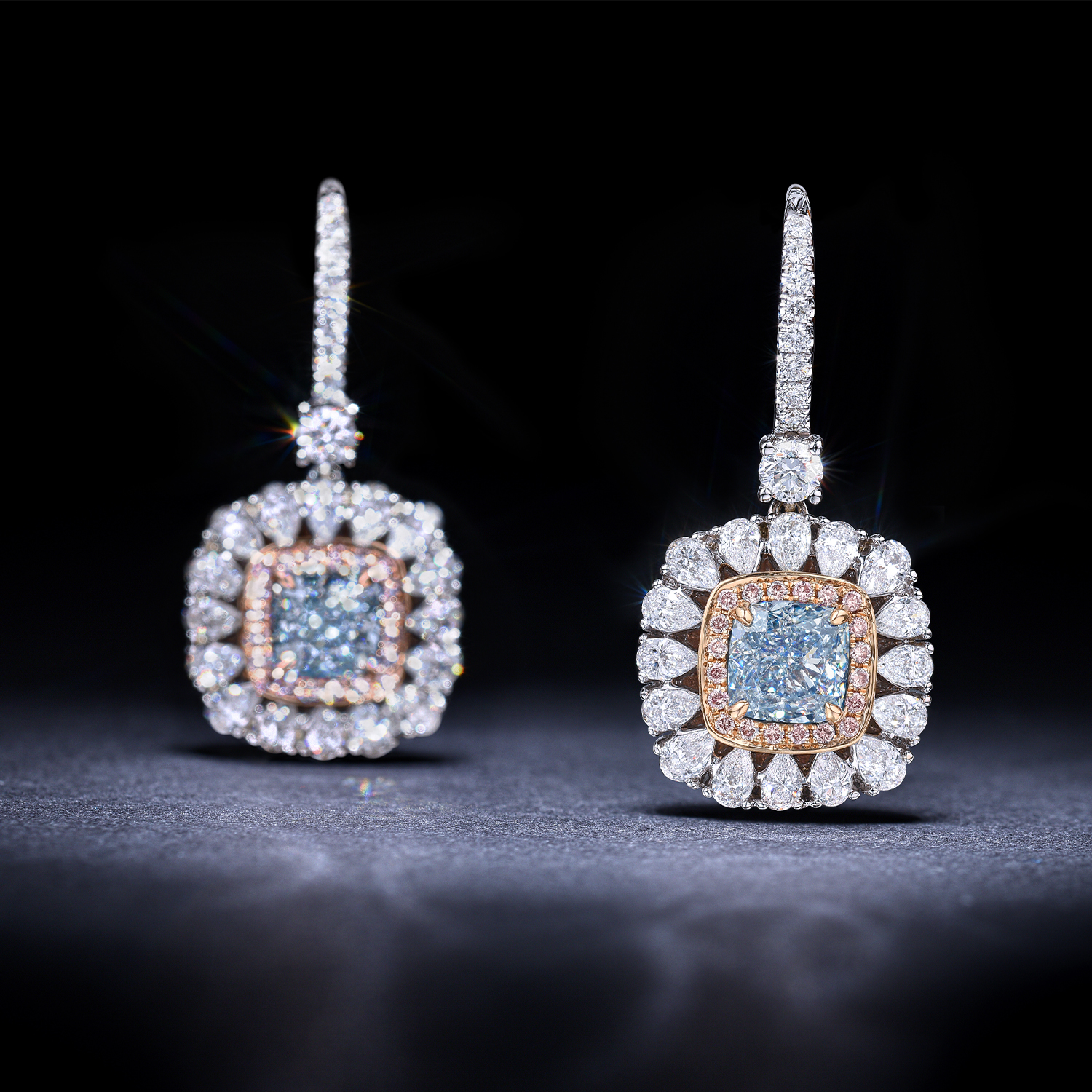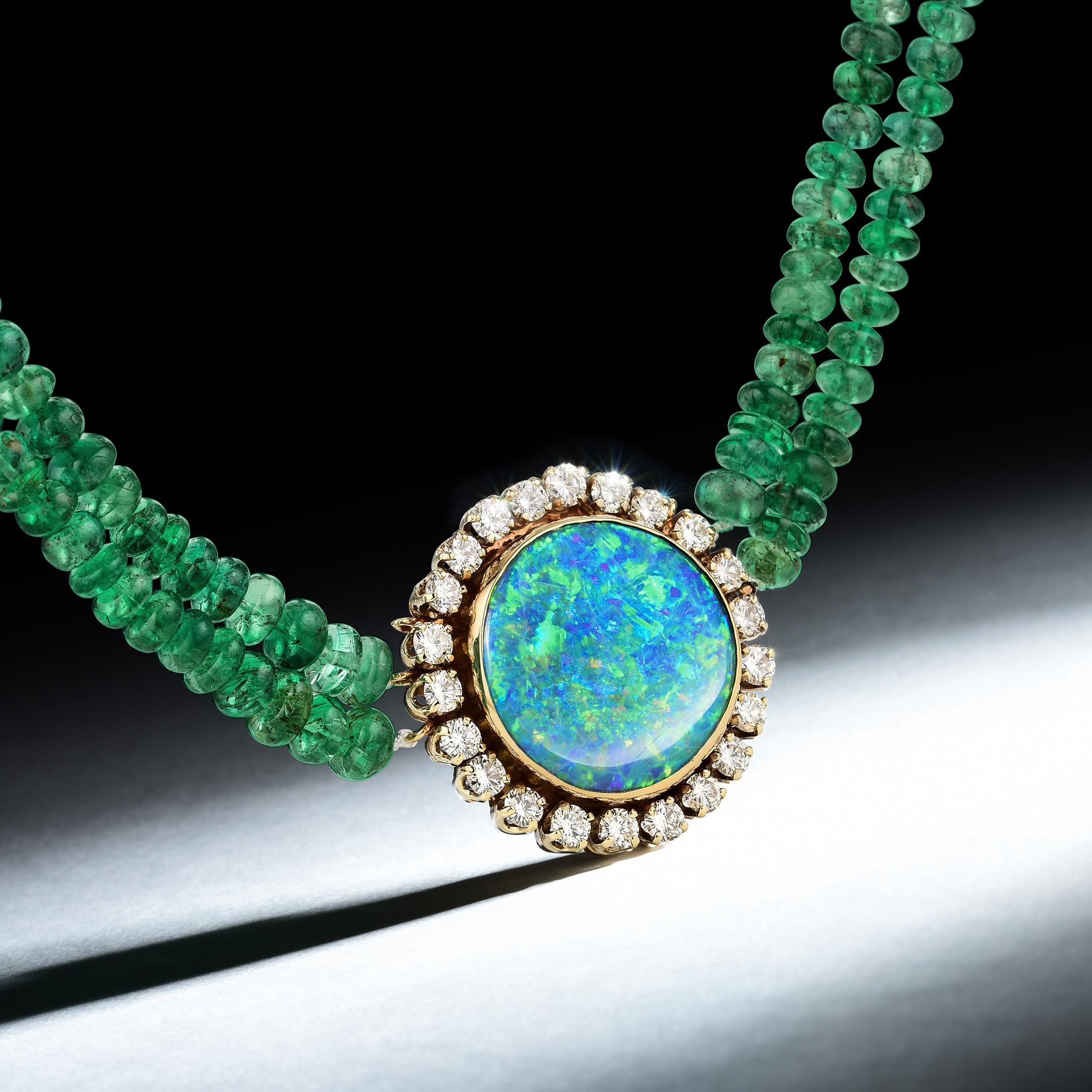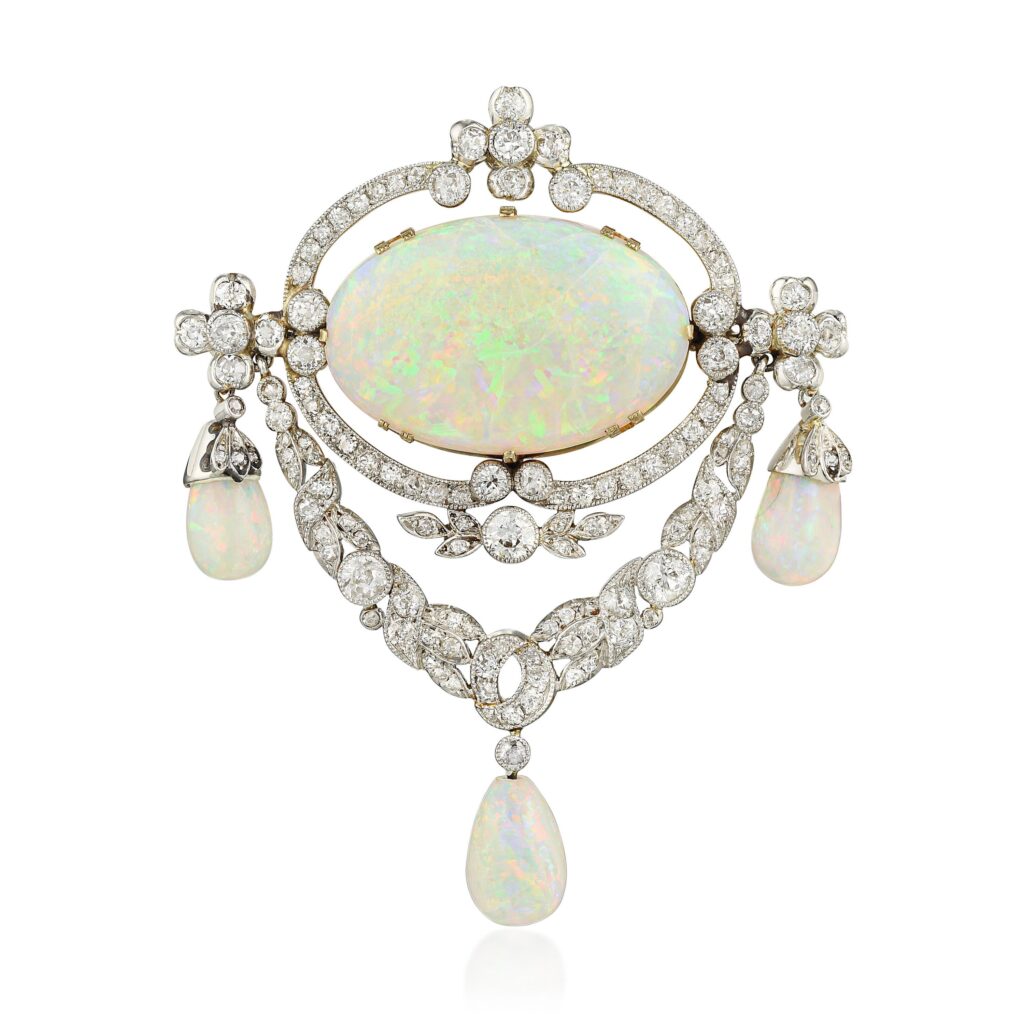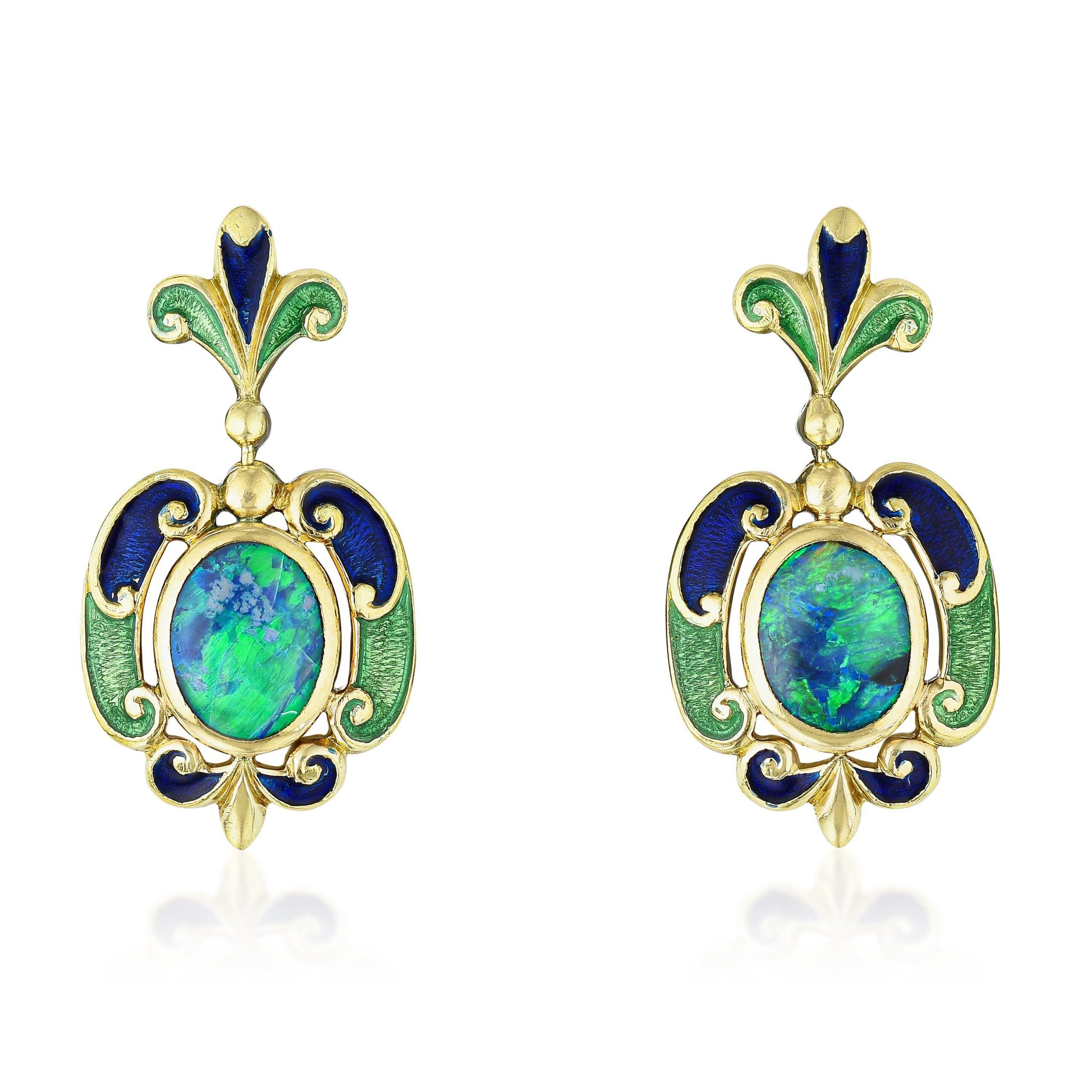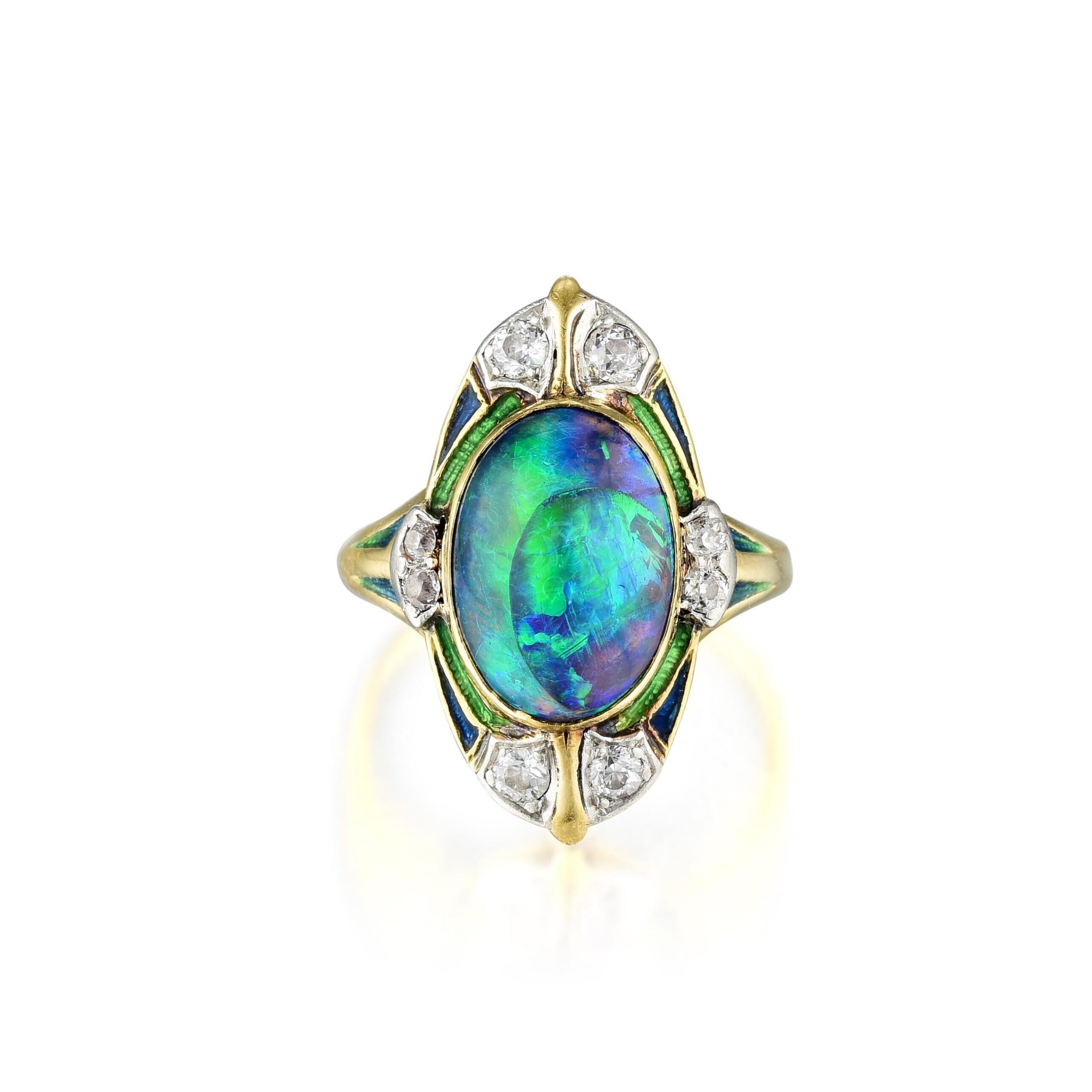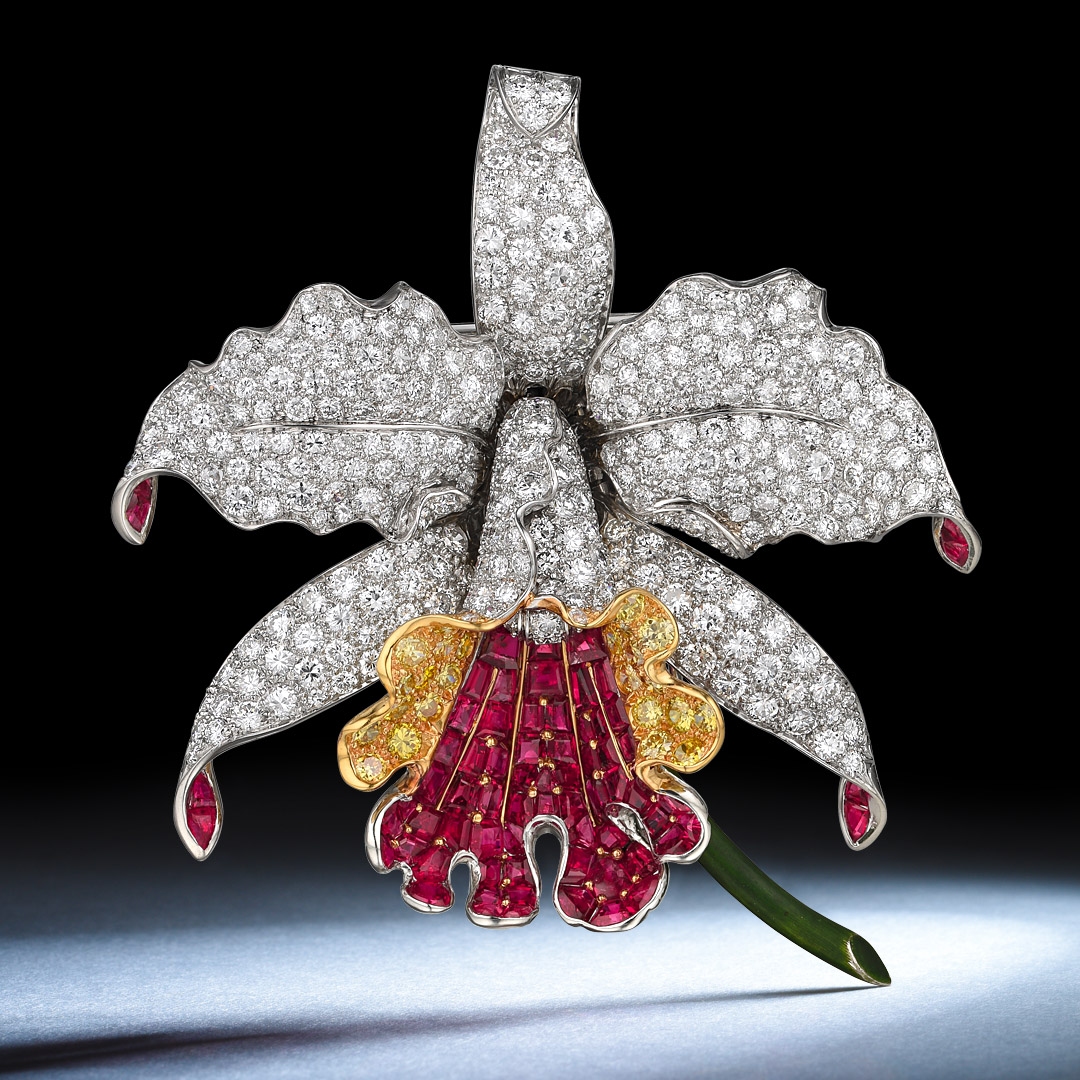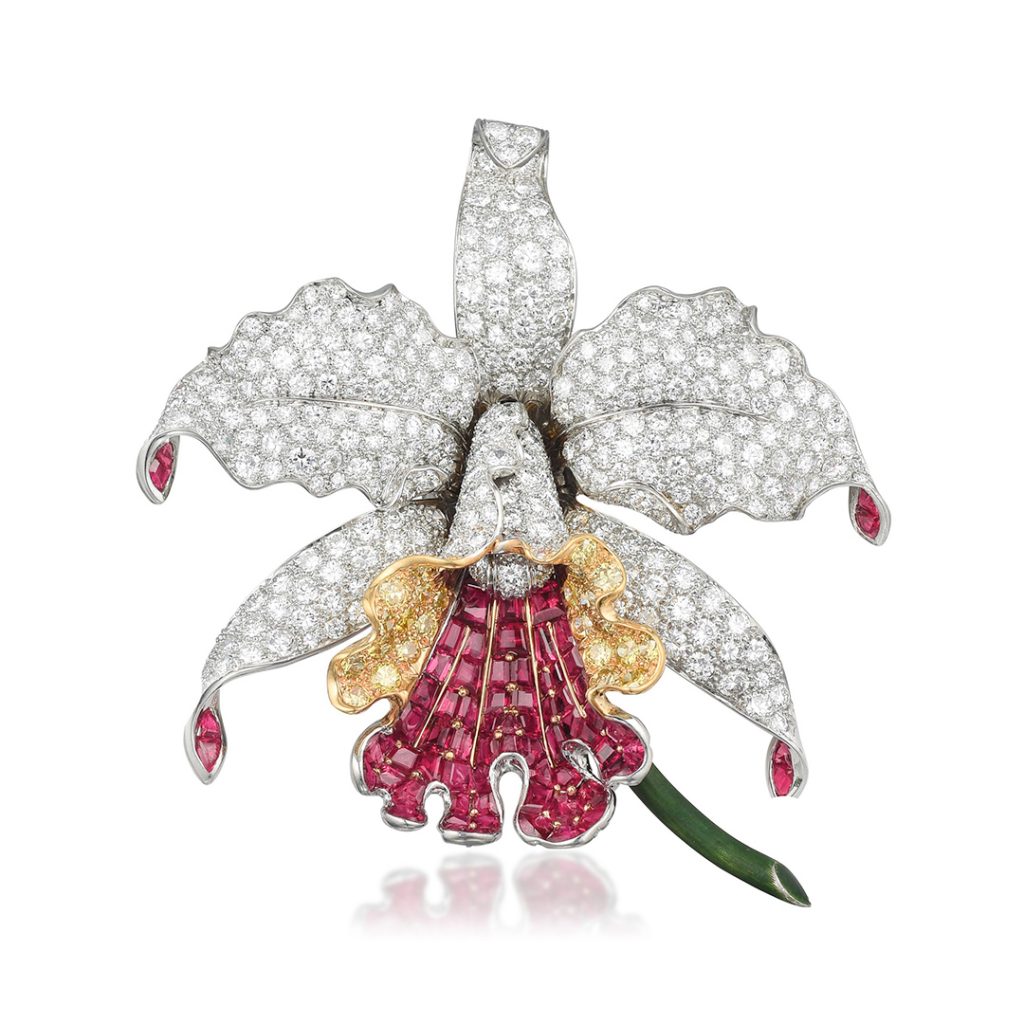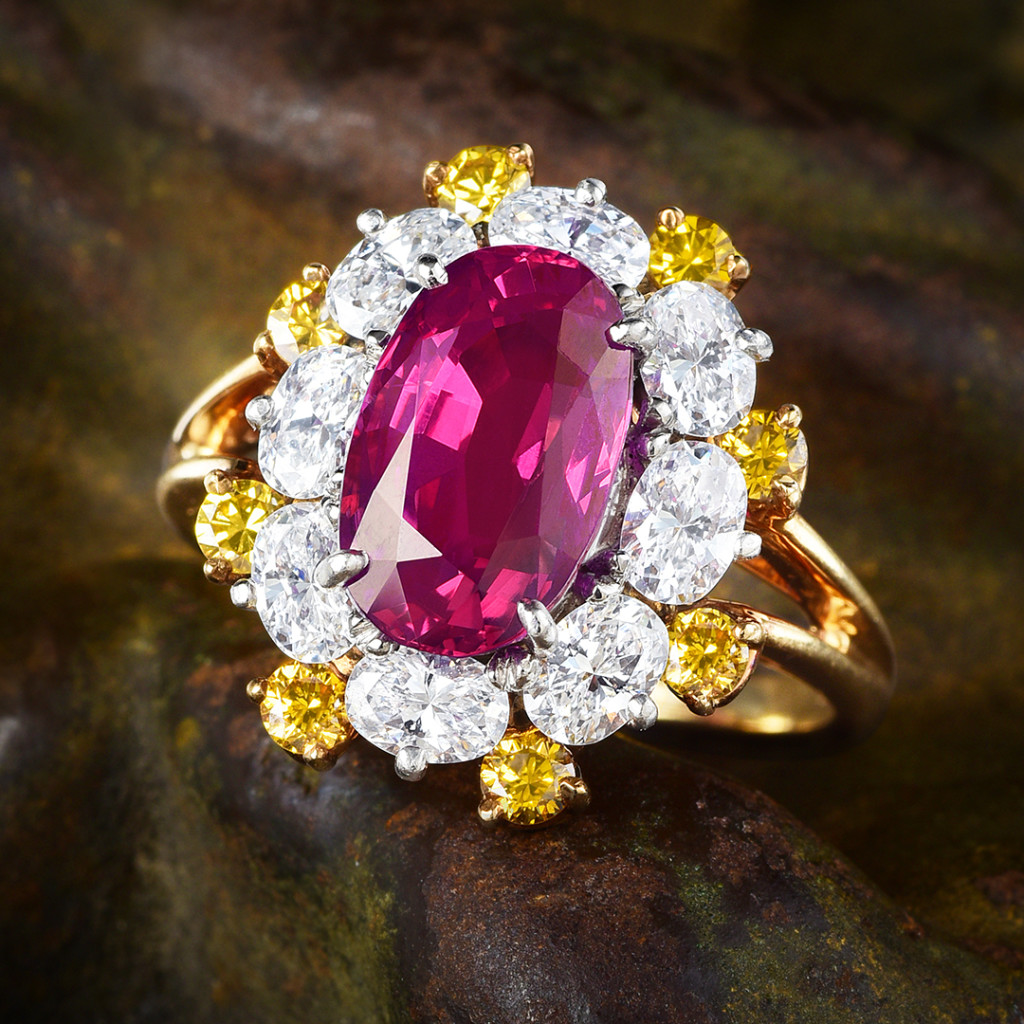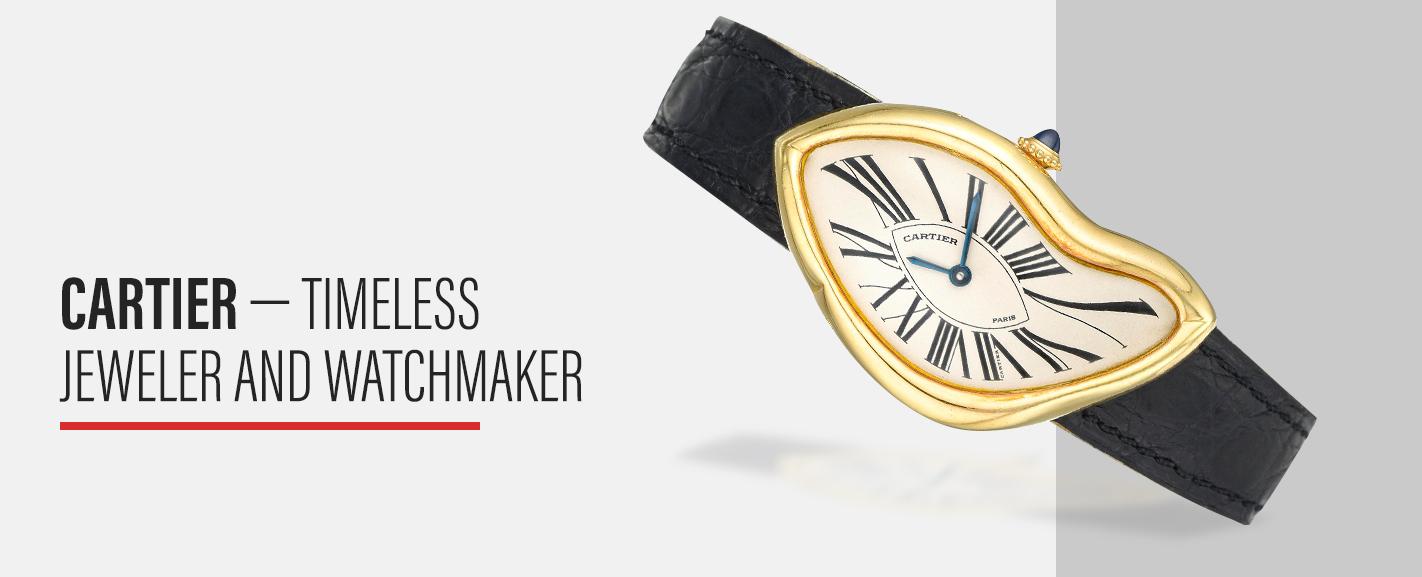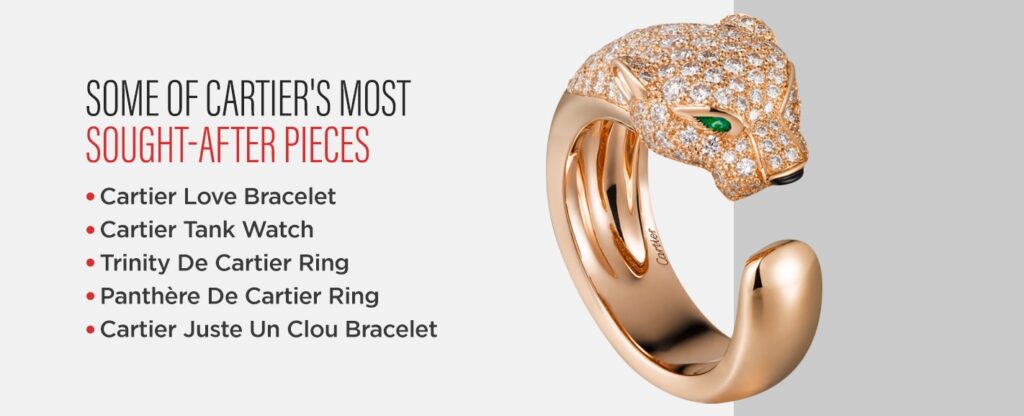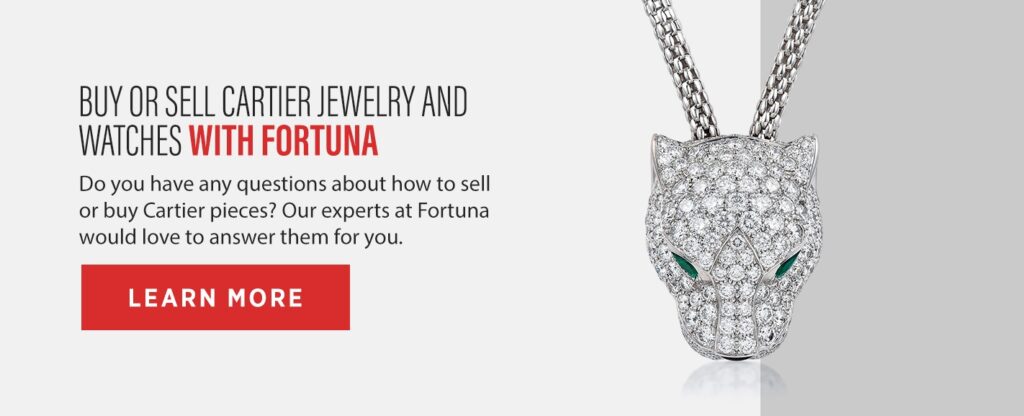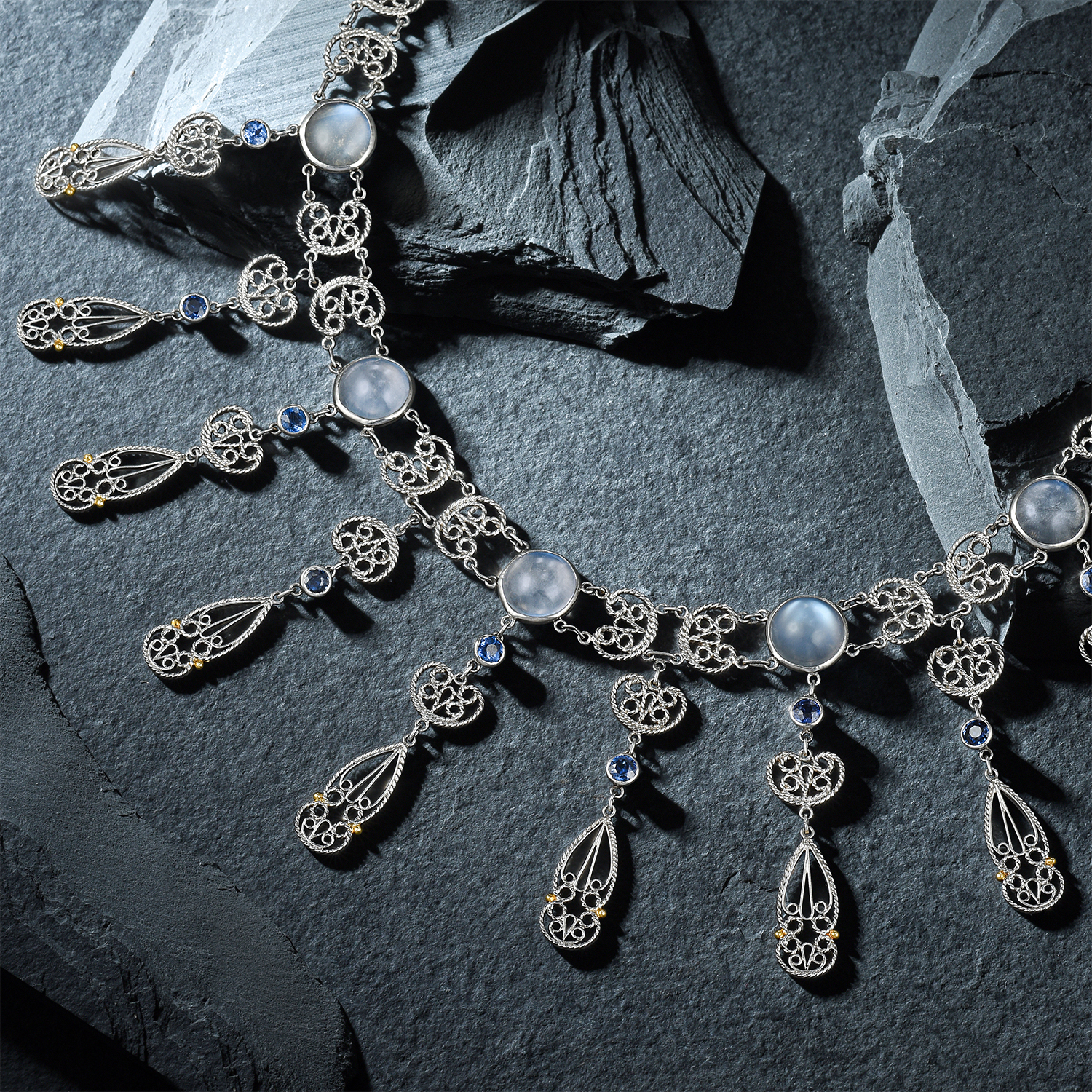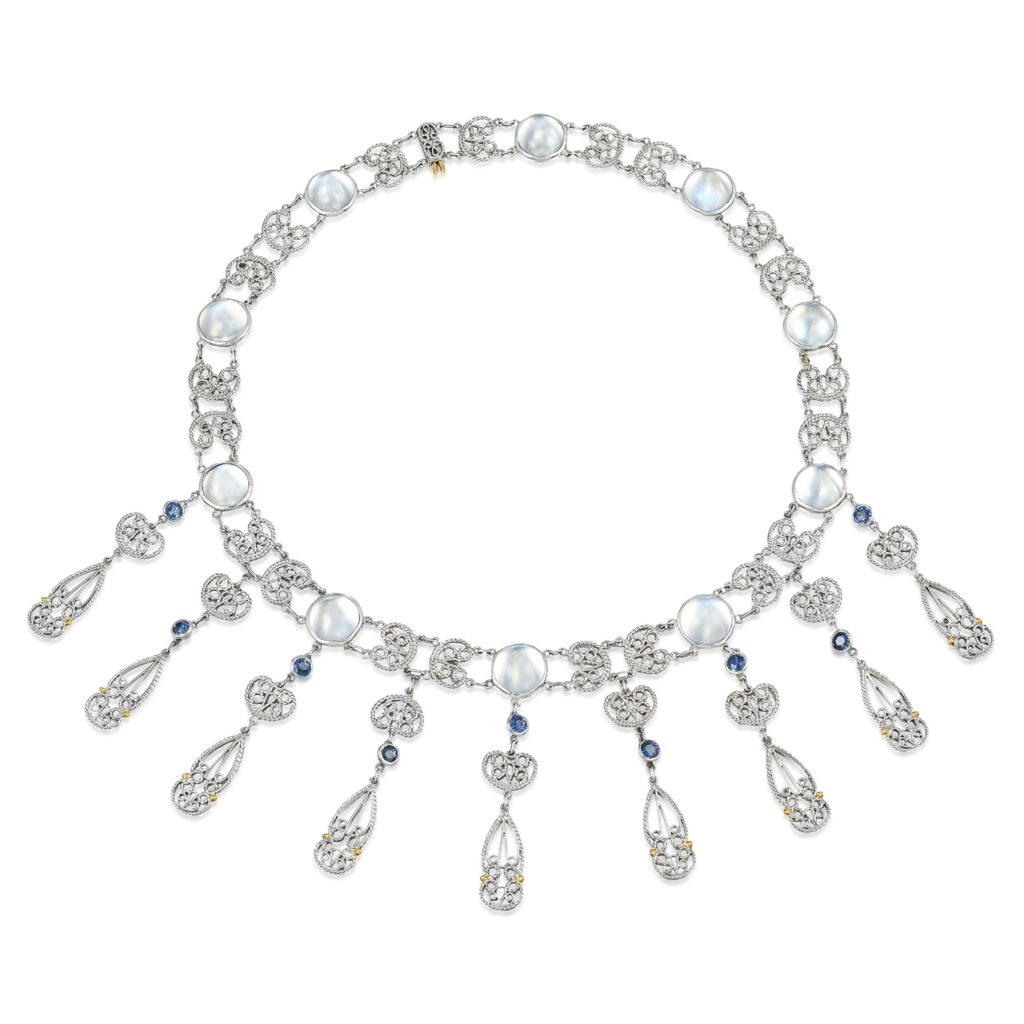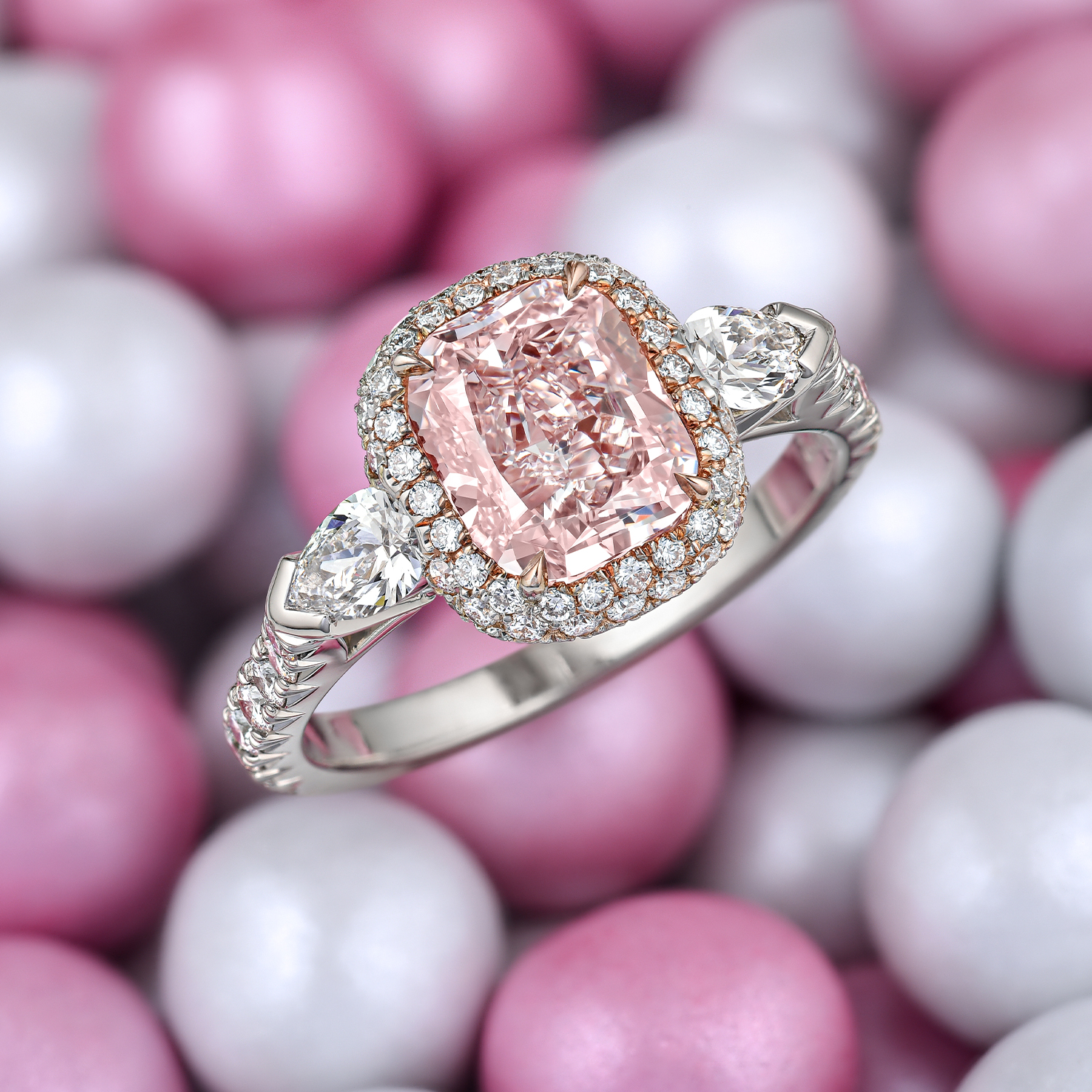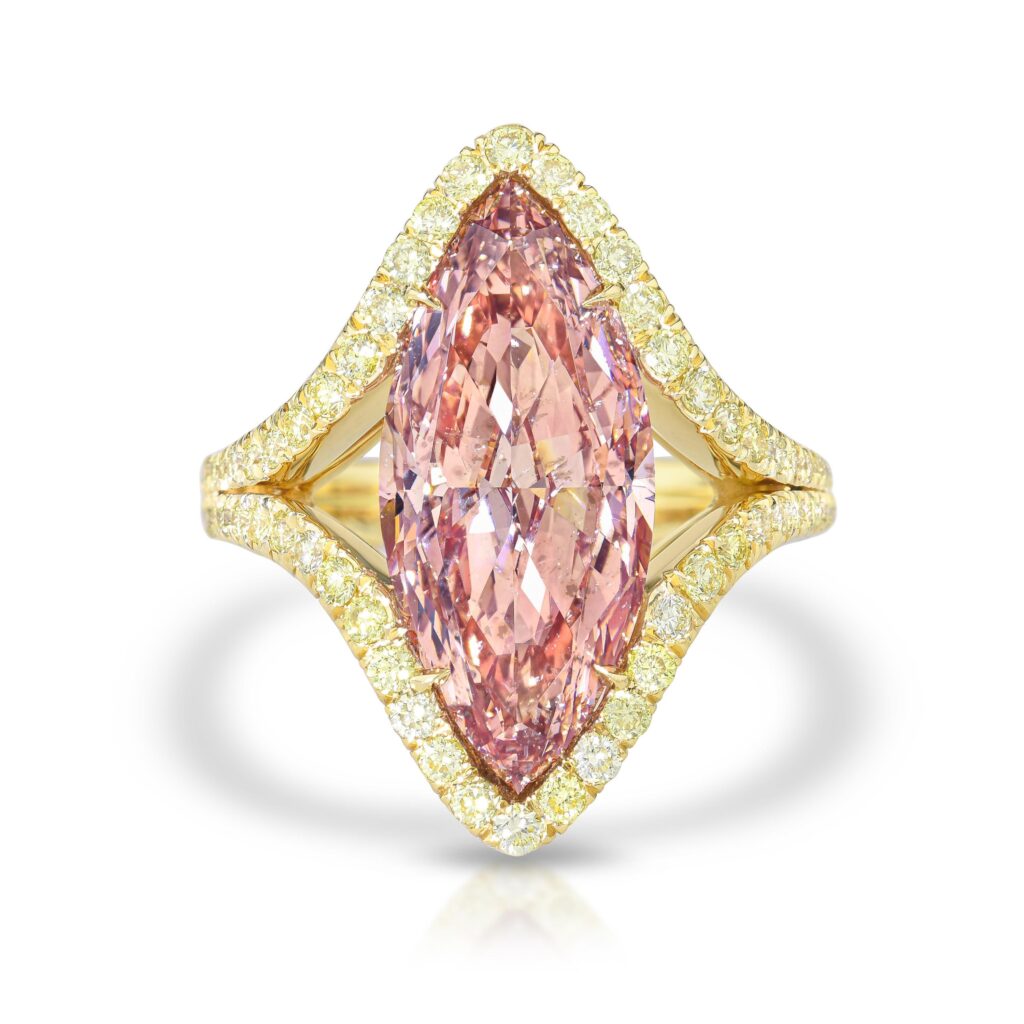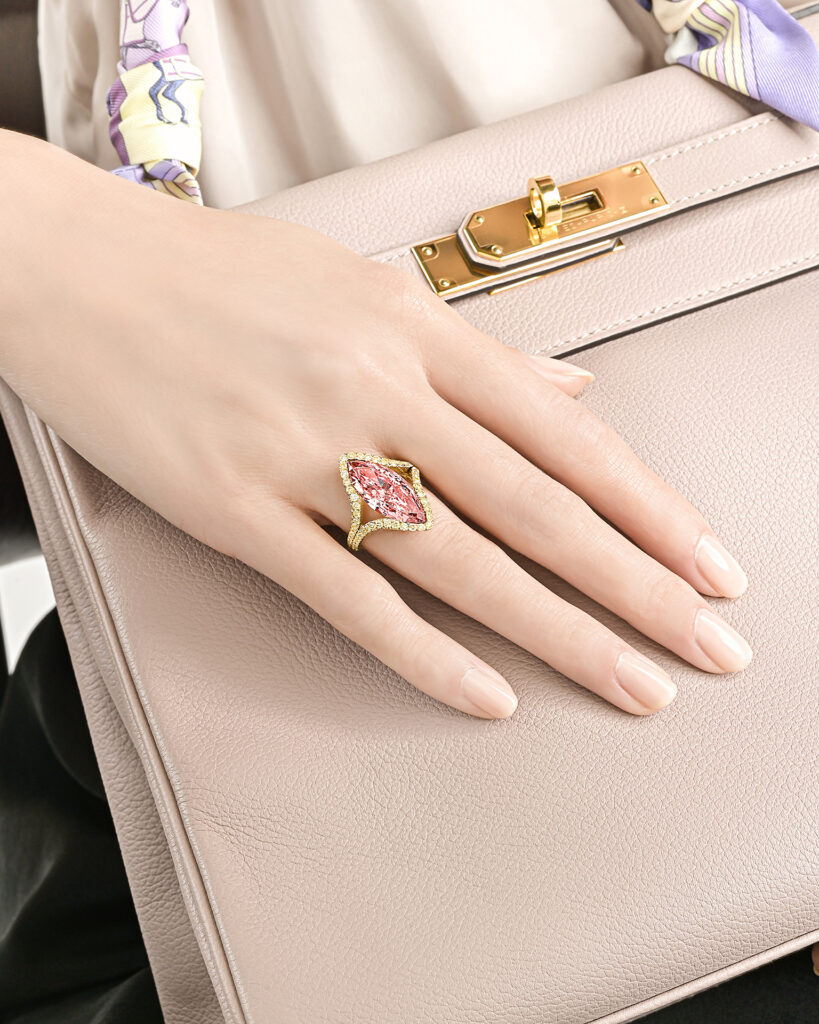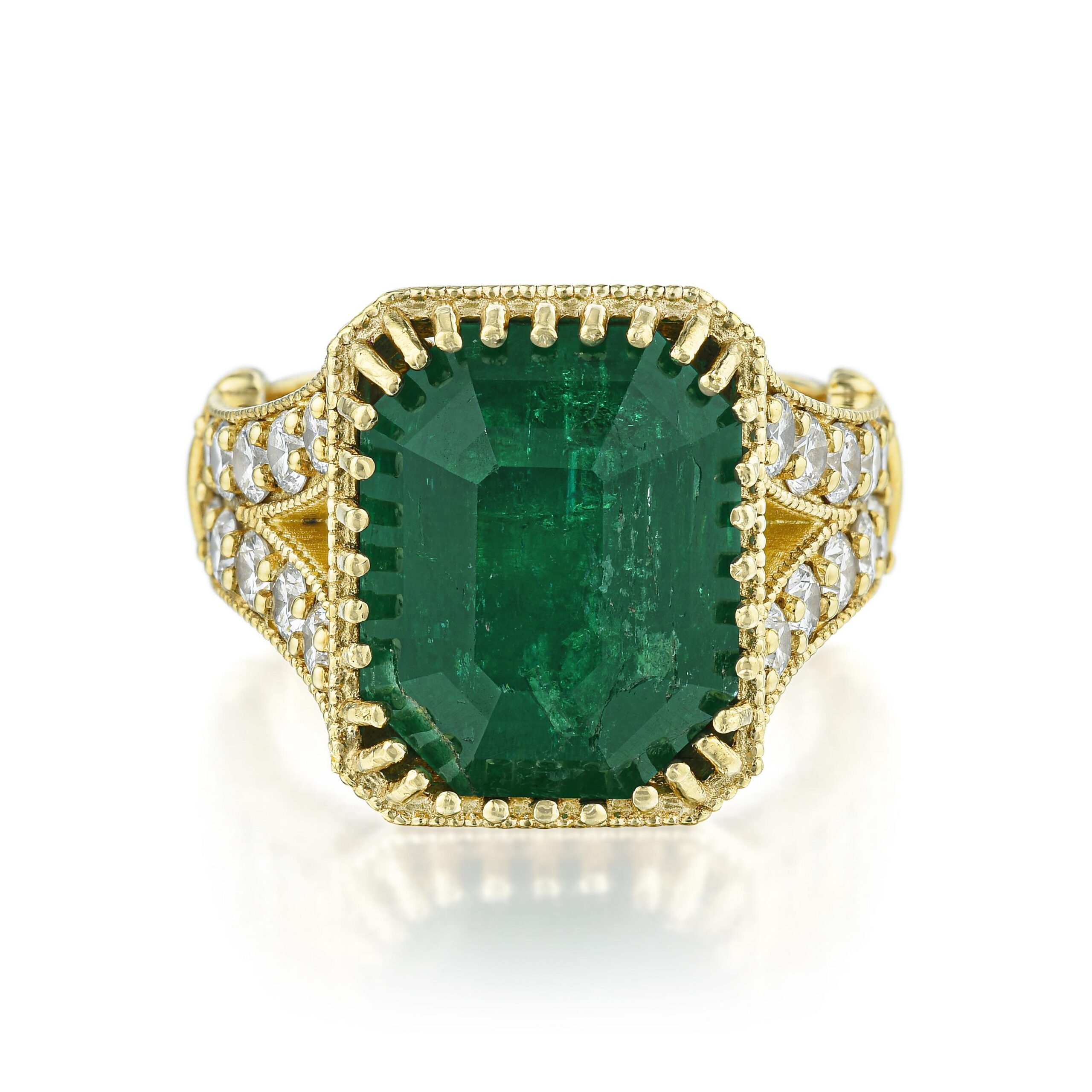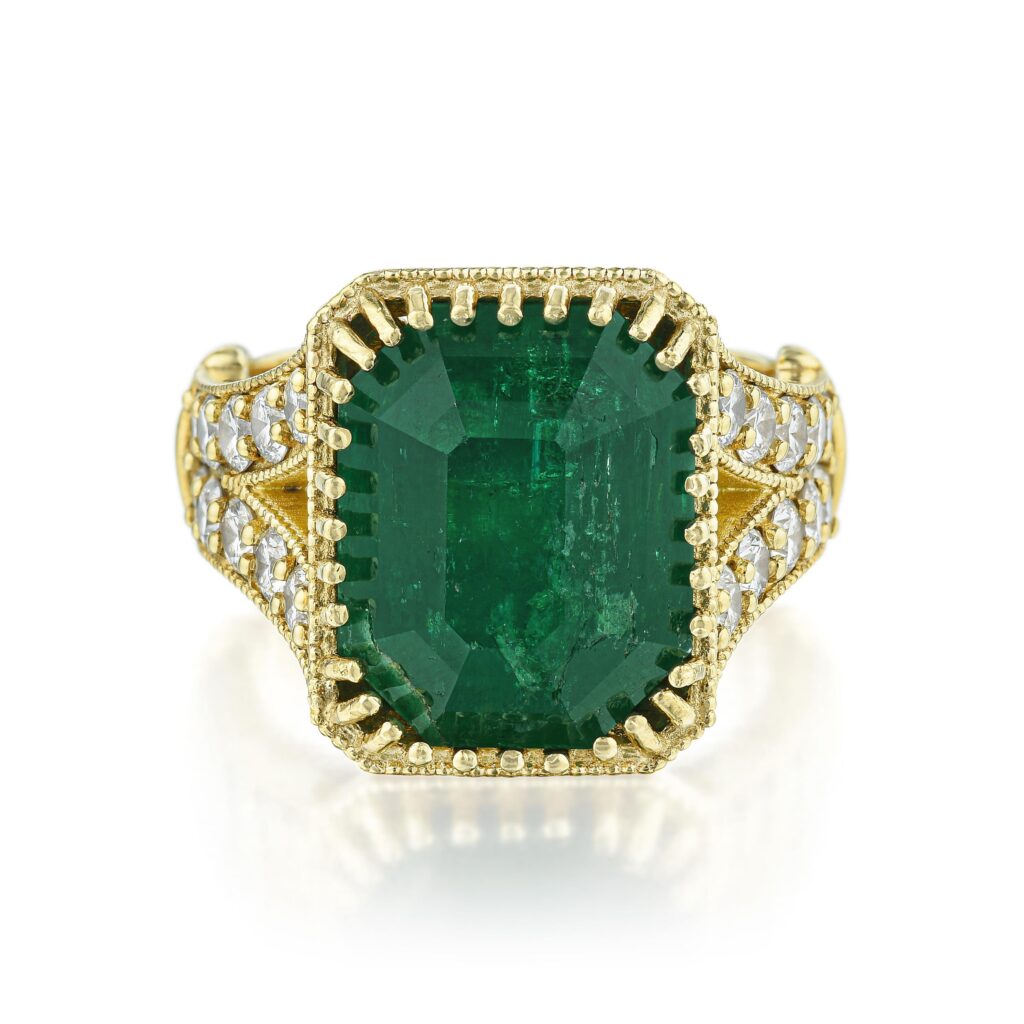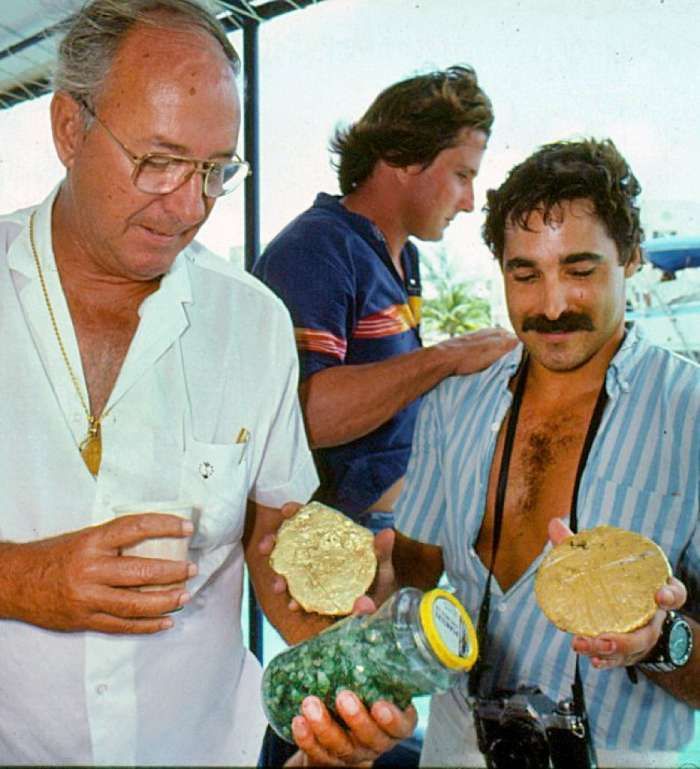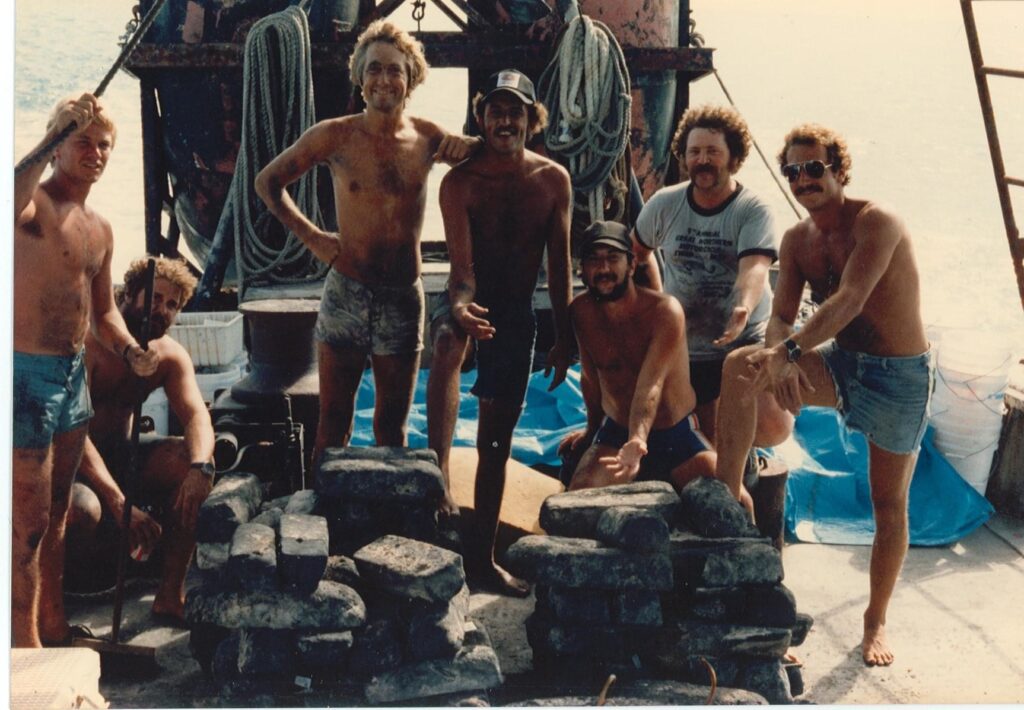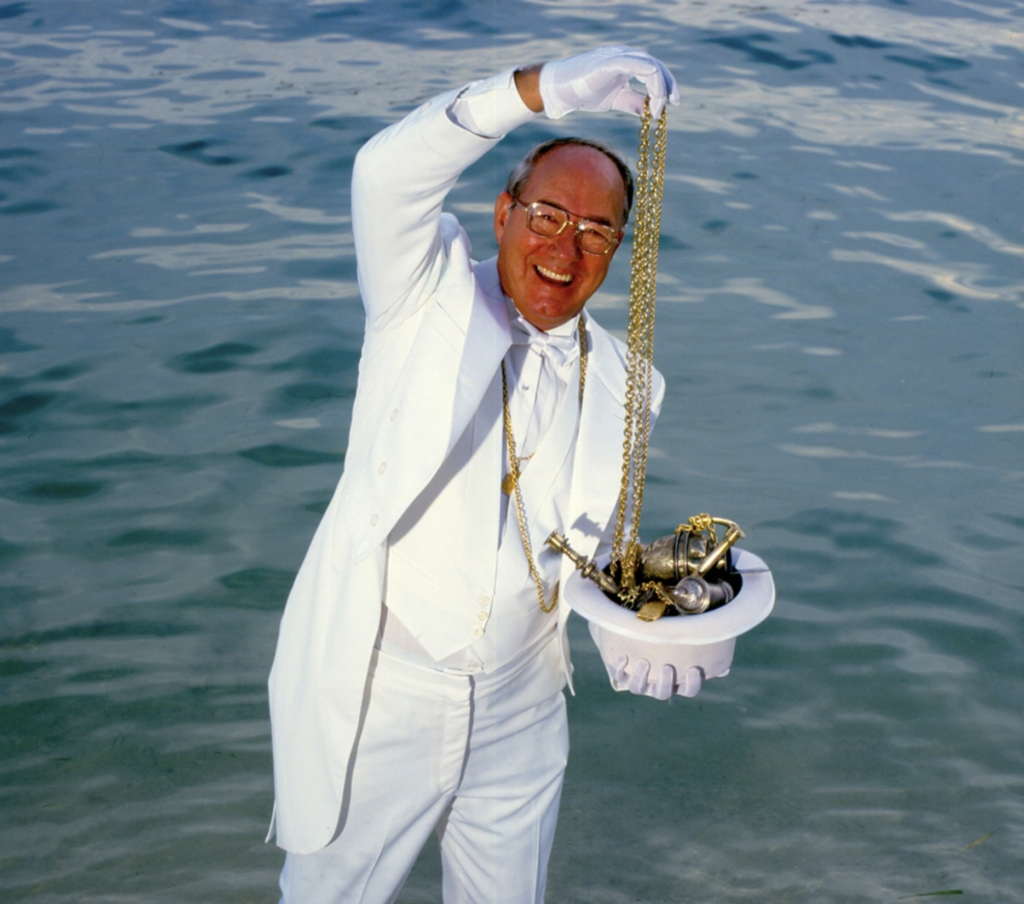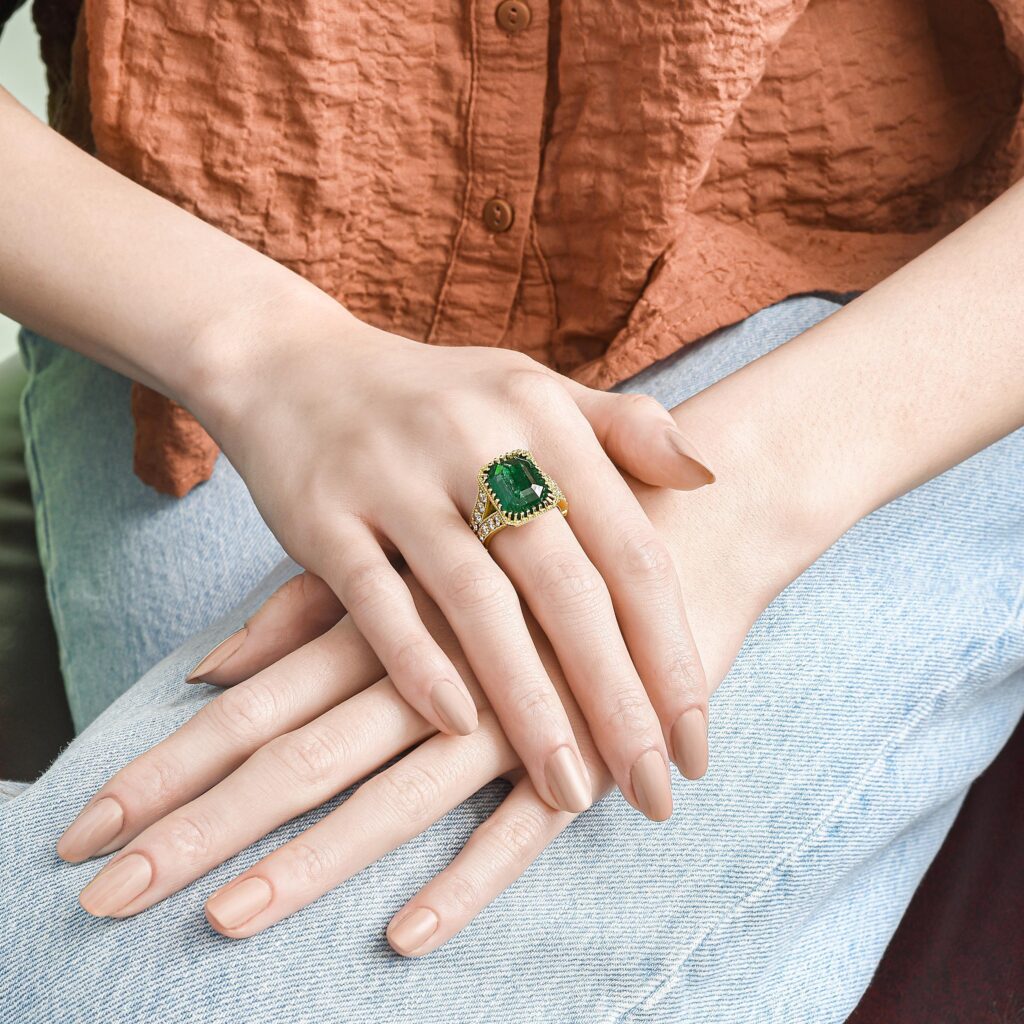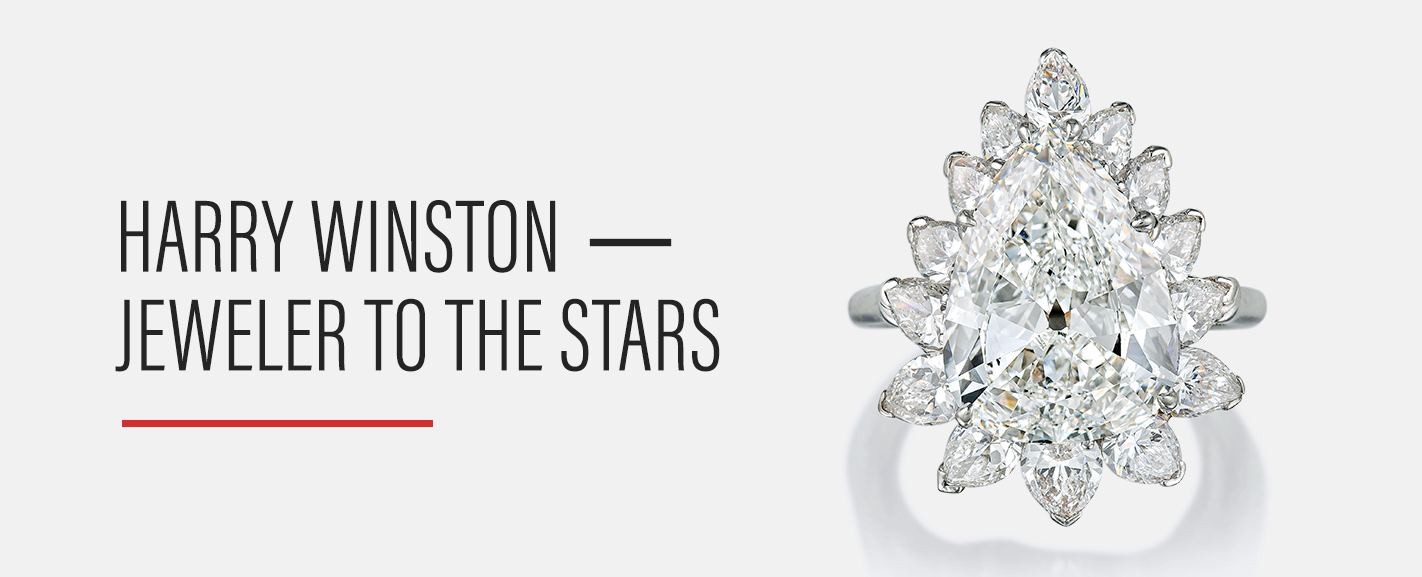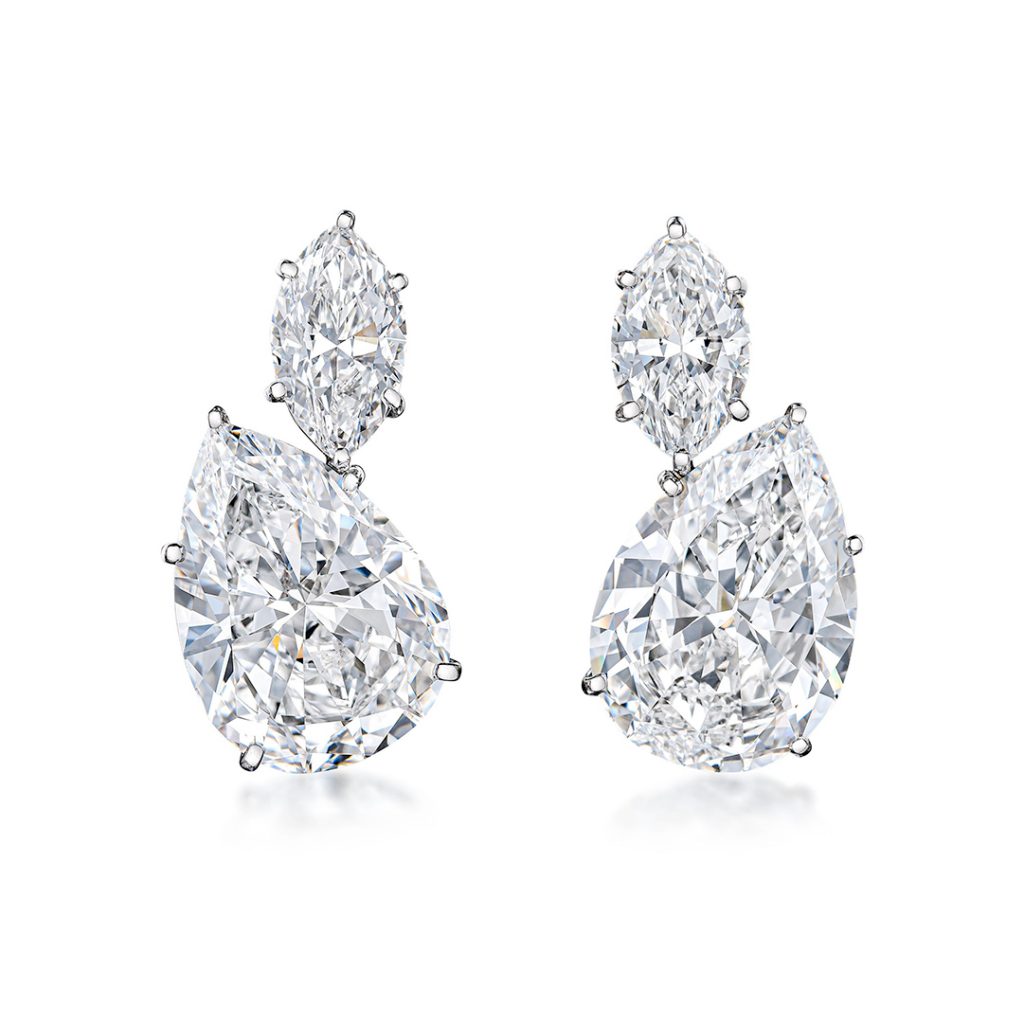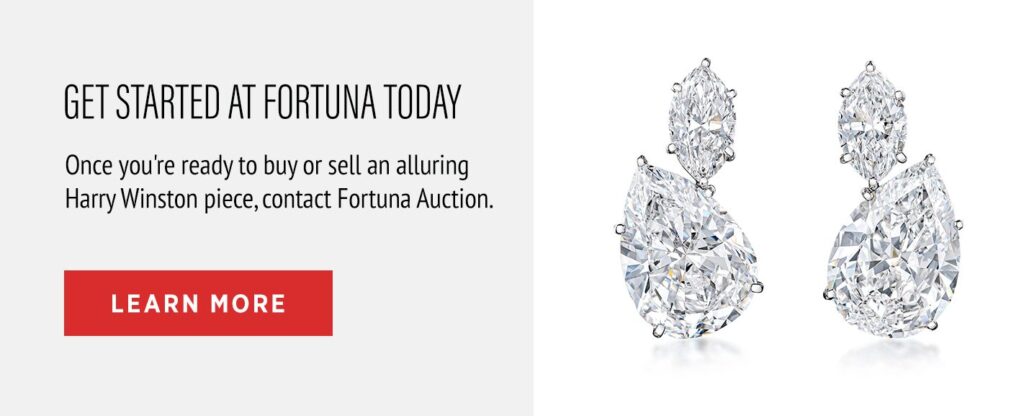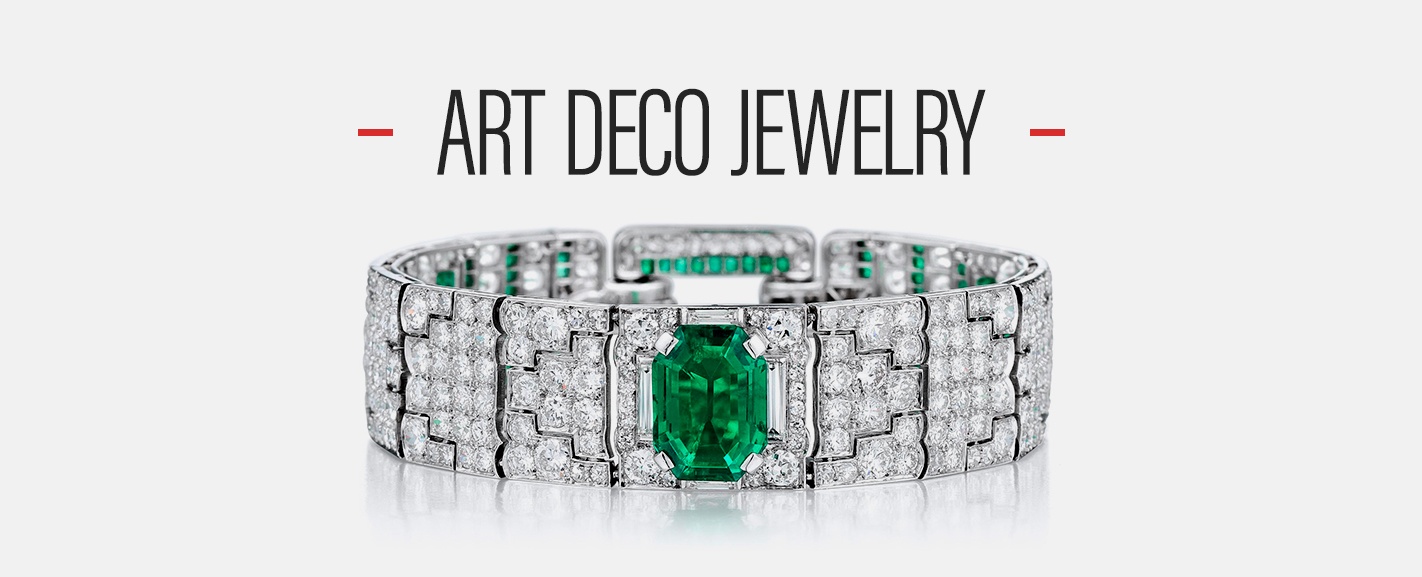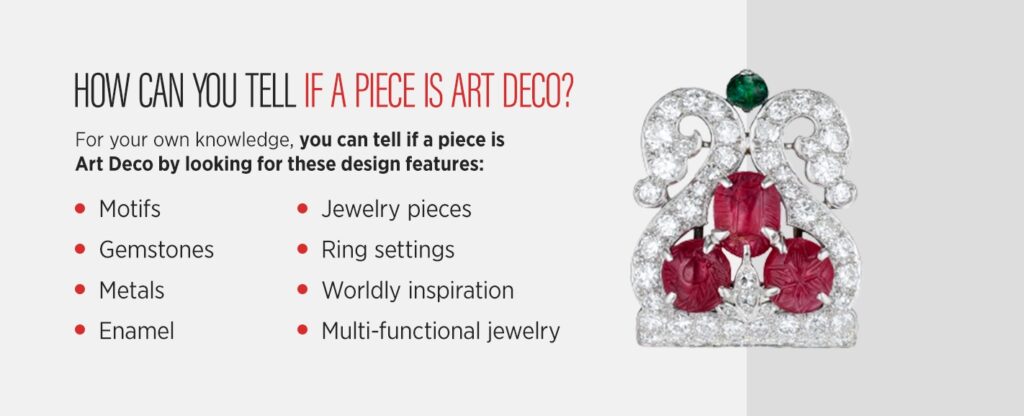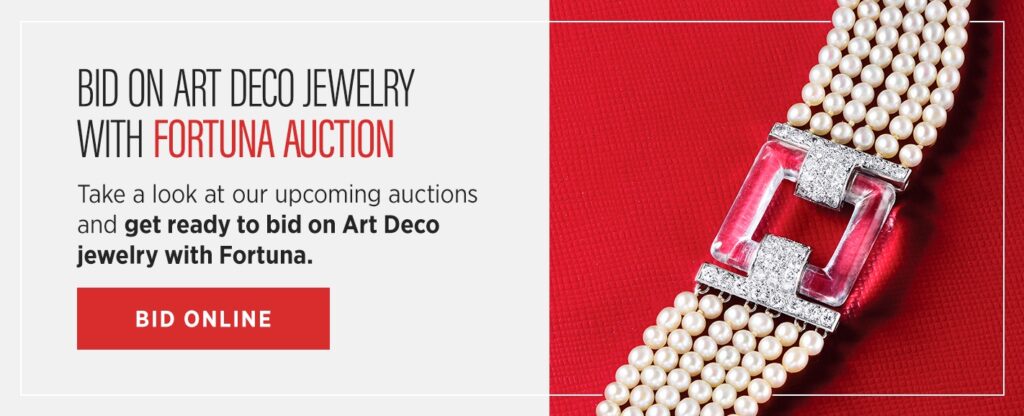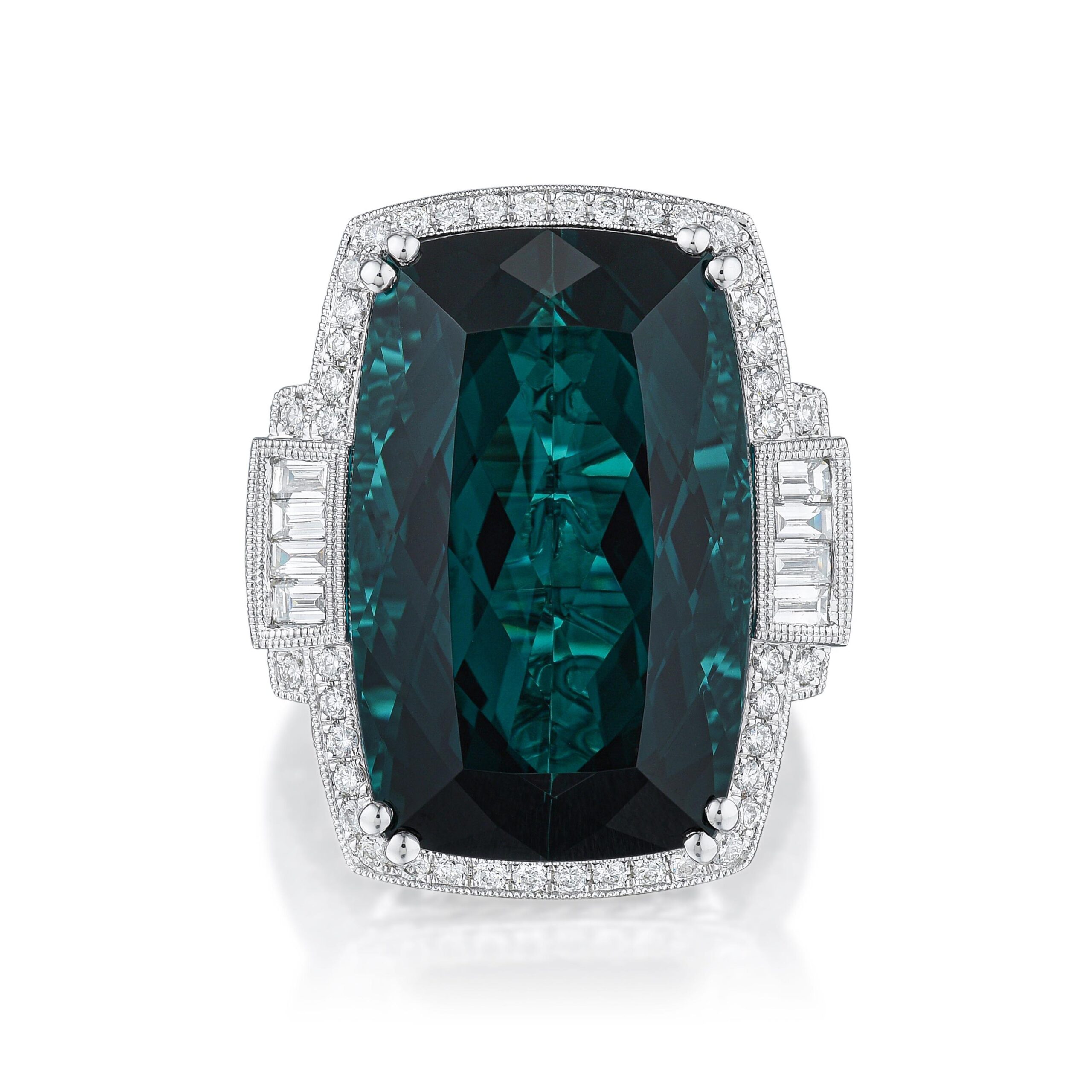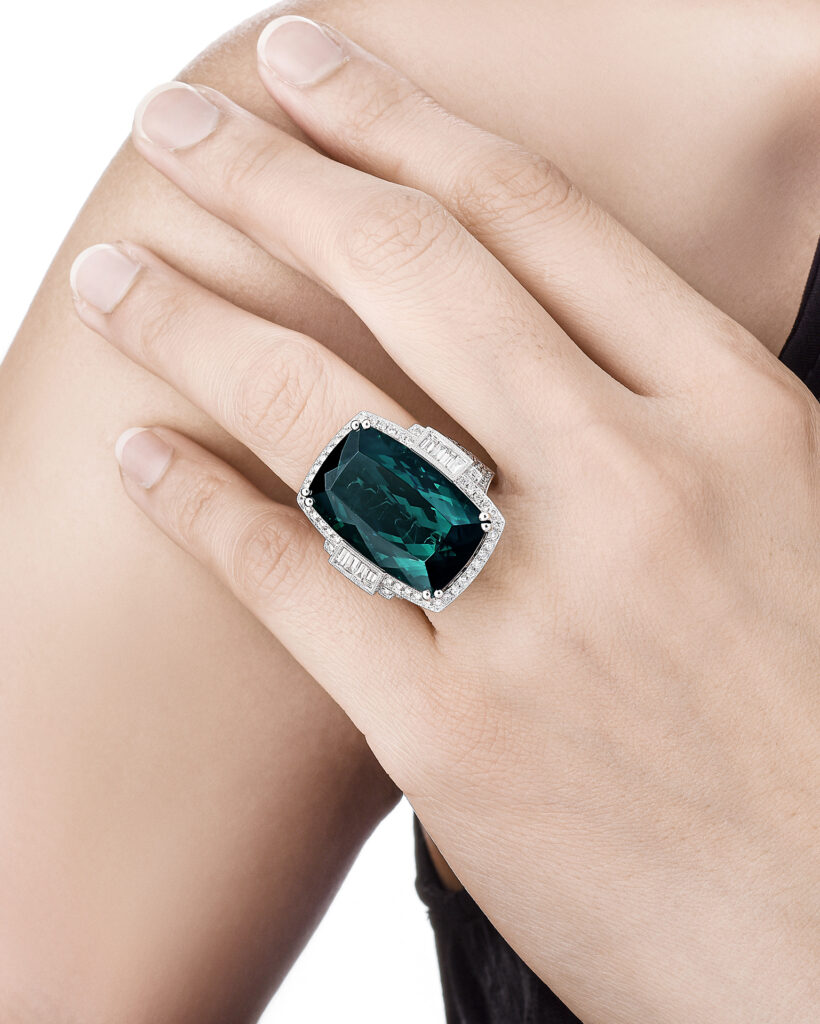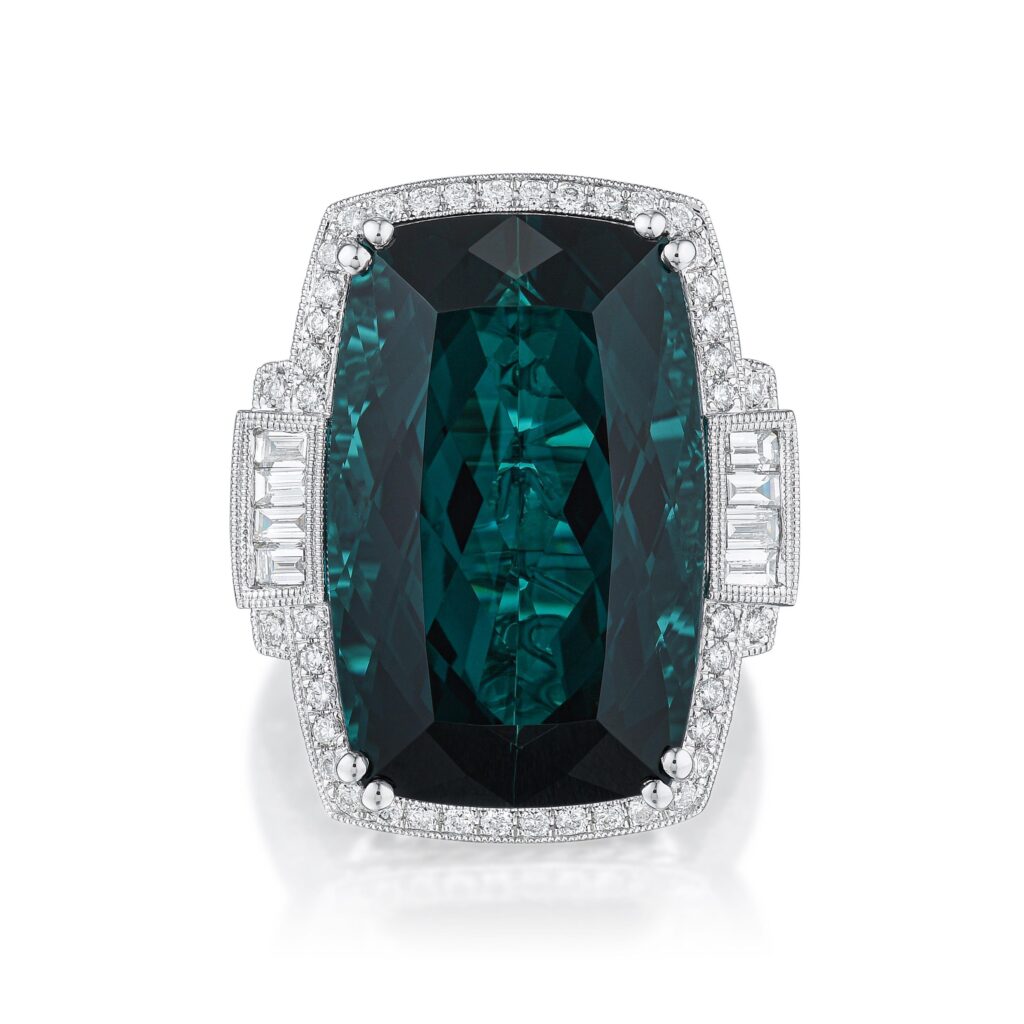Colored diamonds make headlines. These gemological marvels break records at auction houses and can be found in practically every color.
The chance of a diamond displaying unique color is roughly one in 25,000. While orange, purple, green and red are the rarest, yellows and browns are the most common fancy colors.
What Causes the Different Colors?
Each diamond possesses a unique structure of chemical elements that dictate its color, desirability, value and rarity. Most fancy color diamonds derive their color from impurities such as boron and nitrogen.
Some of the rarest—and most expensive—diamond colors include:
- Yellow: Trace amounts of nitrogen cause diamonds to appear yellow, with the color’s intensity depending on how much of the element is present in the gemstone. The stronger and more vivid the hue of yellow, the more valuable the yellow diamond. For more on Fancy Yellow diamonds, click here.
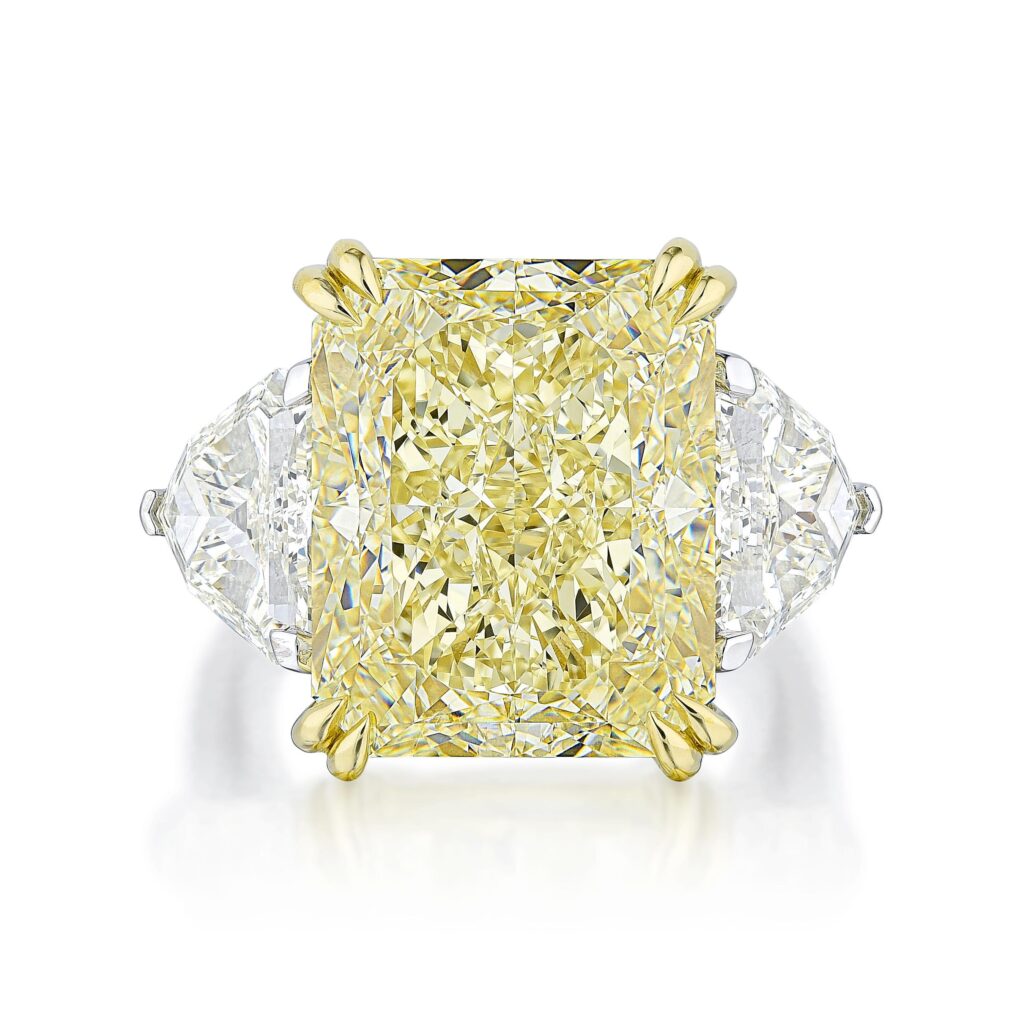
- Pink: The color centers of naturally pink diamonds can selectively absorb light in the visible region of the spectrum. Color centers result from anomalies in a crystal’s atom arrangement; a change in the crystal lattice due to intense heat exposure during the stone’s formation can sometimes cause pink graining. Because the pink color comes from atomic-level distortions to the diamond’s crystal structure, pink diamonds cannot be replicated through laboratory treatment in the same way, making these gemstones all the more spectacular. For more on pink diamonds, click here.
- Red: The origin of a red diamond’s color is believed to be the same as that of pink diamonds, but in a more concentrated form. This theory of red diamonds being dark pink diamonds is supported by the fact that red diamonds can be only found in a single color intensity. Red is the rarest diamond color. Less than 30 genuine red diamonds have been found and cut, and they can cost up to $1 million per carat.
- Blue: Natural blue diamonds derive their color from the presence of boron. Their hue can also be associated with hydrogen or caused by radiation exposure.
- Green: Naturally colored green diamonds are scarce. The displacement of carbon atoms from their normal positions causes these diamonds to develop their signature color. This phenomenon can happen artificially due to treatment by radiation or naturally when diamond deposits lie near radioactive rocks.
- Black: Black diamonds have many fractures that yield the stone’s distinct dark hue due to graphitization. Most get their color from large quantities of minute mineral inclusions such as hematite, pyrite or graphite that extend throughout the stone.
- Brown: A natural brown diamond develops its color due to parallel brown grain lines arising due to molecular arrangement distortion.
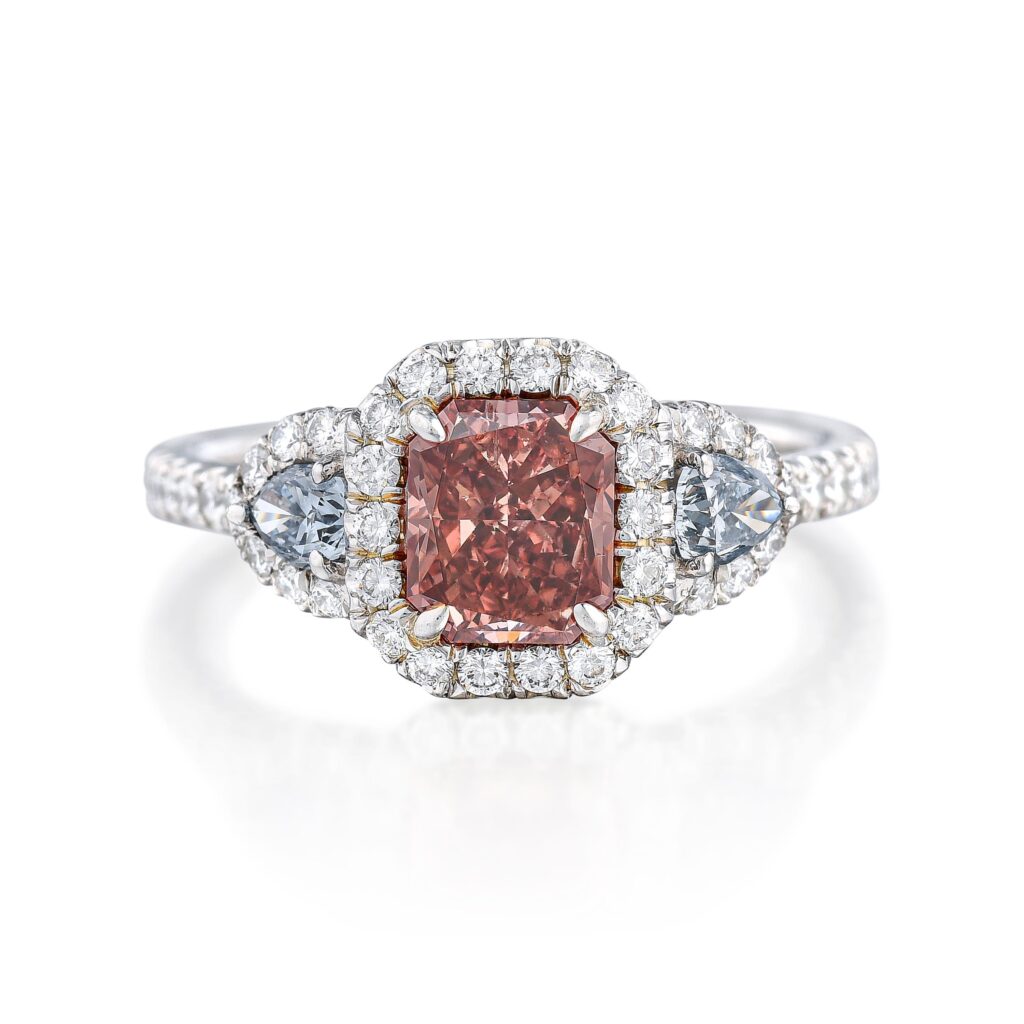
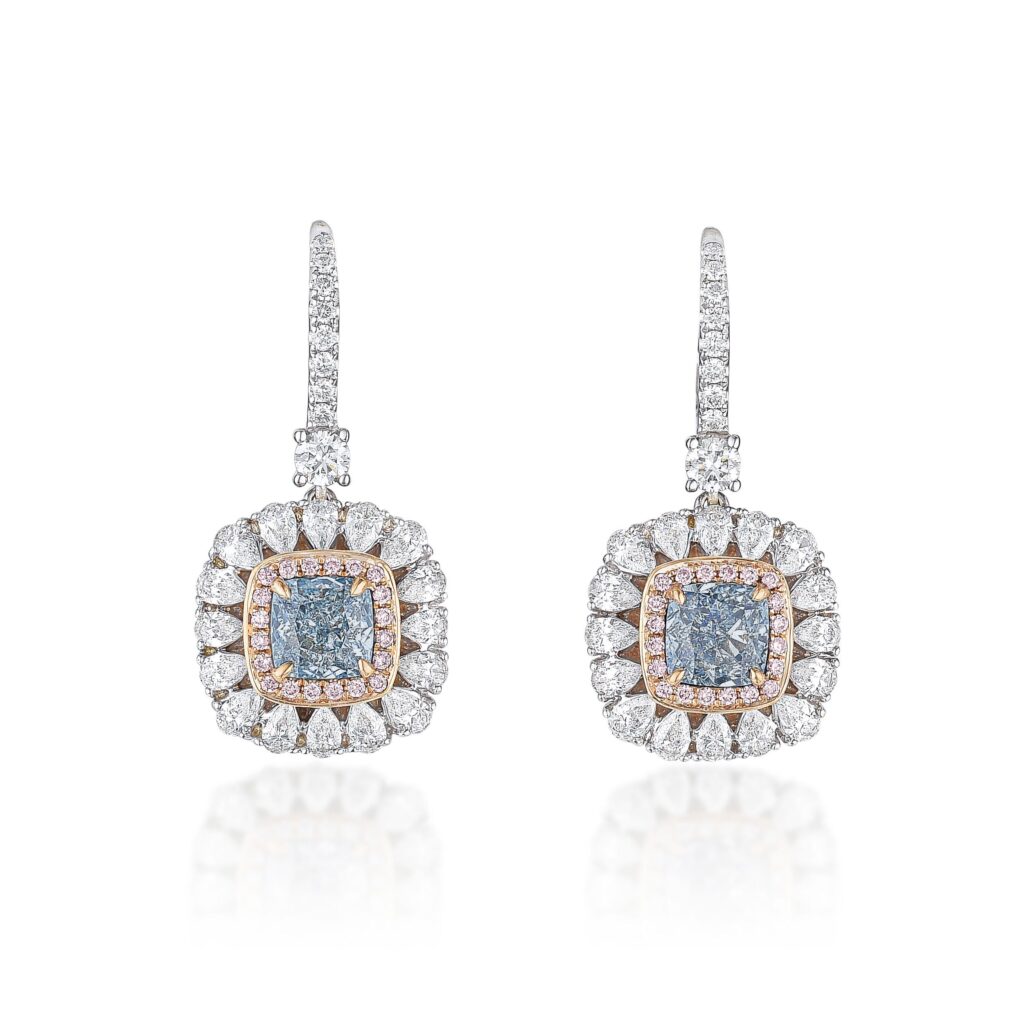
The Rarity of Colored Diamonds
Most diamonds mined throughout the world, even if they contain traces of yellow, are considered colorless. Brown and yellow diamonds make up the majority of colored diamonds available today, with most naturally colored diamonds being lighter in saturation or tone.
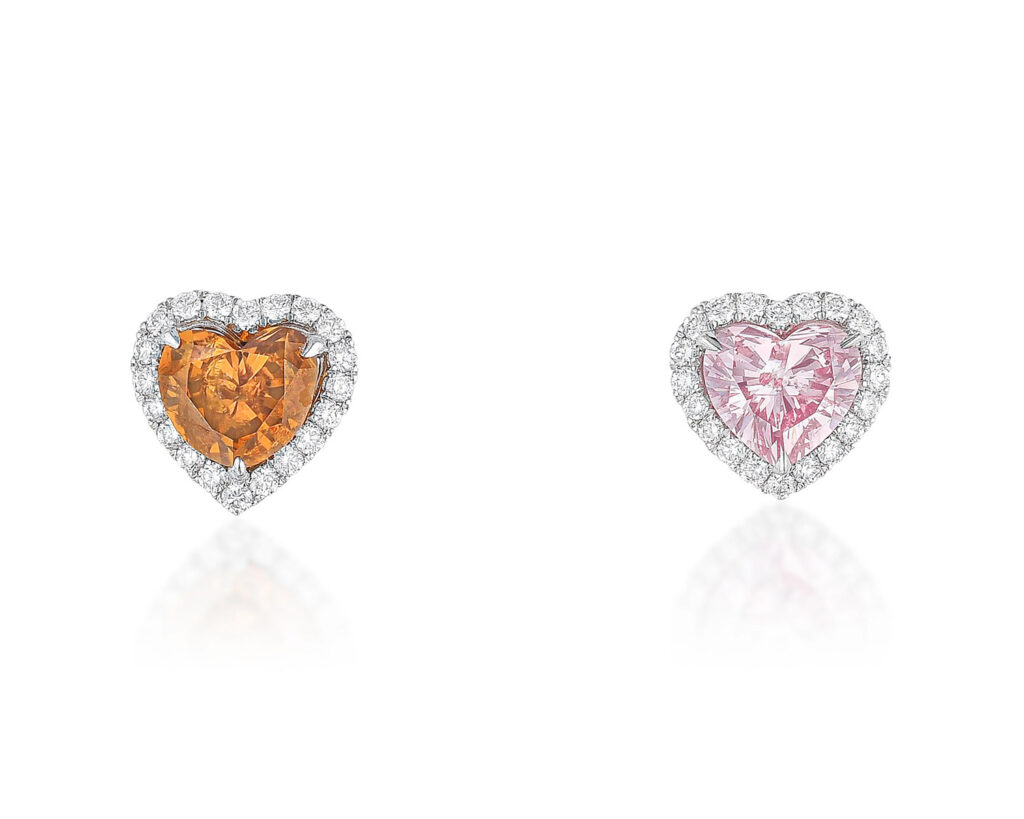
Yet the rarity of Fancy Color diamonds cannot be overstated; only one true colored diamond is found for every 10,000 carats mined. And mining diamonds with medium to dark tones is an extremely rare occurrence, a phenomenon that drives its market value higher. Furthermore, when especially large Fancy Color diamonds are found, their value reaches an almost legendary status at market. Tiffany’s famous 128-carat Yellow Diamond is considered to be priceless, as it enjoys an unshared status of being unlike any other diamond in the world.
Bid on a Fancy Colored Diamond of Your Own at FORTUNA®
Ready to start shopping for your own colored diamonds? Savvy buyers rely on the expertise of FORTUNA® when searching for the finest property available, and consignors consistently turn to us to realize the highest prices for their exceptional jewelry.
We have a host of fancy colored diamonds in our December sale, and invite you to register to bid at auction for a chance to purchase one of these captivating pieces.

